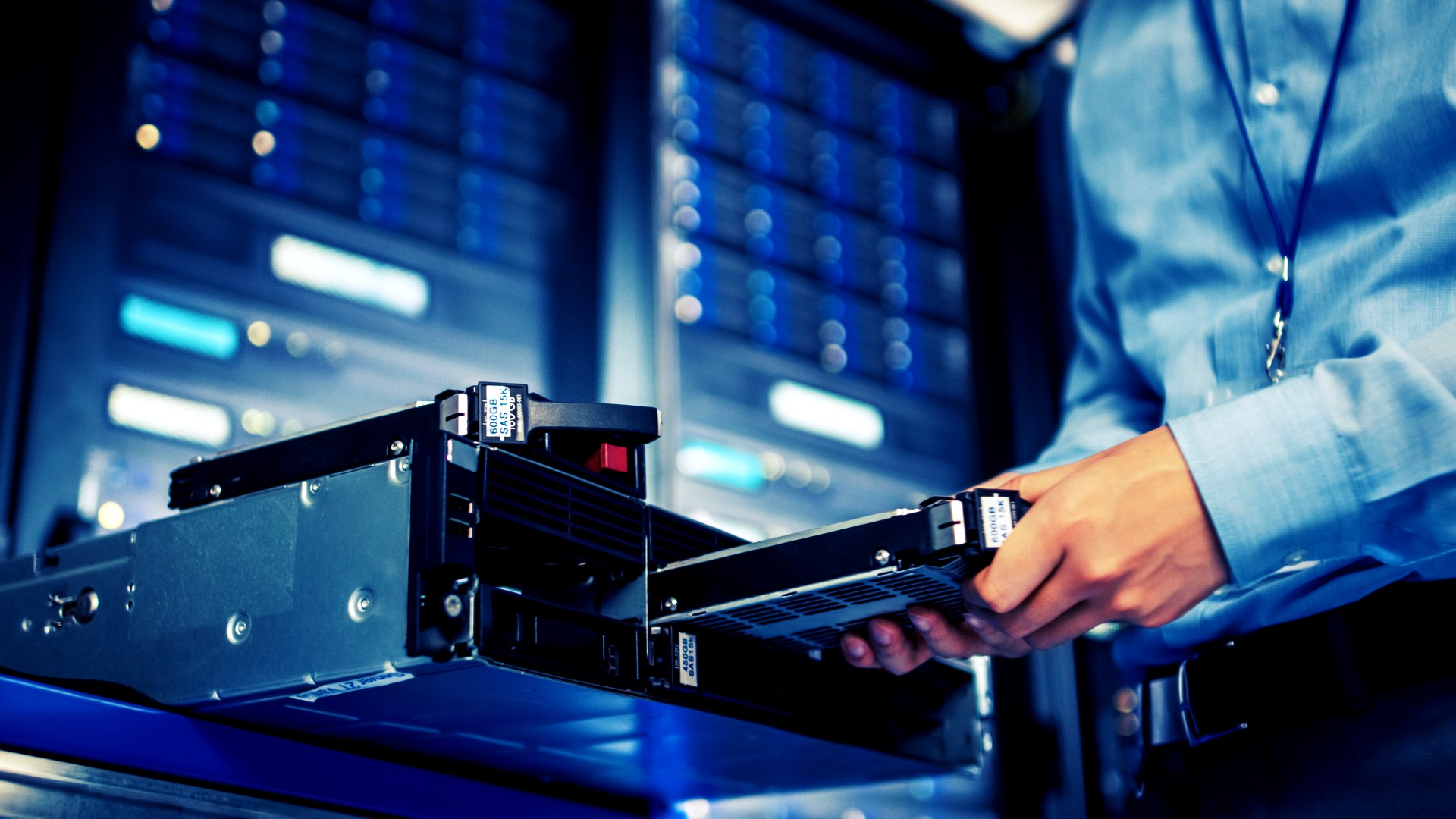How To Install A Server Into A Rack In 7 Steps

Do the people who work in your data center know how to put a server on a rack? If your servers aren’t deployed properly, there’s no sense in having a lifting solution. Improperly installing a server may result in the server being damaged, as well as endangering the safety of data center workers.
Servers may be installed in a variety of configurations in a variety of ways. Slide rails are one method to accomplish it. The following are the seven stages to achieving that goal:
Installing a server in a rack consists of the following steps:
- Check to see whether your server will fit in the rack. It’s critical to double-check that your server will fit into the rack you’re using before starting the installation. Attempting to put a server into a rack that isn’t correctly fitted may result in harm.
- Bolt-on sliding rails should be disassembled. Once that’s done, you may modify the width and depth of the rack to fit your server’s specifications.
- Connect the rack posts to the sliding rail assembly. Attach the assemblies once you’ve inserted the screws into the mounting post. Tighten the screws and double-check that the rails are firmly attached.
- Increase the length of the Anti-Tip bar. This is a simple procedure, but it’s critical to keep the rack from tipping over, which may result in severe server damage. Hoist the server (using a data center lift) and check that the mounting brackets’ rear ends are aligned with the sliding assembly. The mounting brackets are then inserted into the assembly, and the server is pushed back into the rack.
- Check to make sure the server is firmly placed in the rack. The sliding rail components must be securely fastened.
- Place the cable management arm in place. This is a component that is optional, yet it is very helpful. It allows you to make sure that server cables don’t become hooked or pinched, and that there’s enough space for them to move about. Separately assemble the cable management arm and put it into the left-side rail’s rear side.
After you’ve installed the cable management arm, gently move the server out of the rack until it hits the slide rail stops to test the slide rails. Make that the cable management arm is fully extended and the cables are not pinched. Then gently move the server back into place.
Cautionary Notes and Warnings
It’s all too easy to make server handling errors that may result in equipment damage or even severe harm. When setting up a server, make sure you:
- Always begin loading servers from the bottom and work your way up. This keeps your servers from tilting and becoming top-heavy.
- Ascertain that the airflow is normal. To avoid overheating, servers need a specific quantity of ventilation. Airflow may be hampered and problems can occur if the installation is done incorrectly.
- Take into account the temperature. A server’s temperature may be somewhat raised if it is placed in a closed rack with other servers. When controlling temperature in the data center as a whole, be sure to keep this in mind.
Although data center workers may be required to put servers into racks on a regular basis, server handling problems are often neglected in training. The servers stay in excellent condition, the employees stay safe, and everyone is pleased when they follow the proper protocols and remain safety aware.
